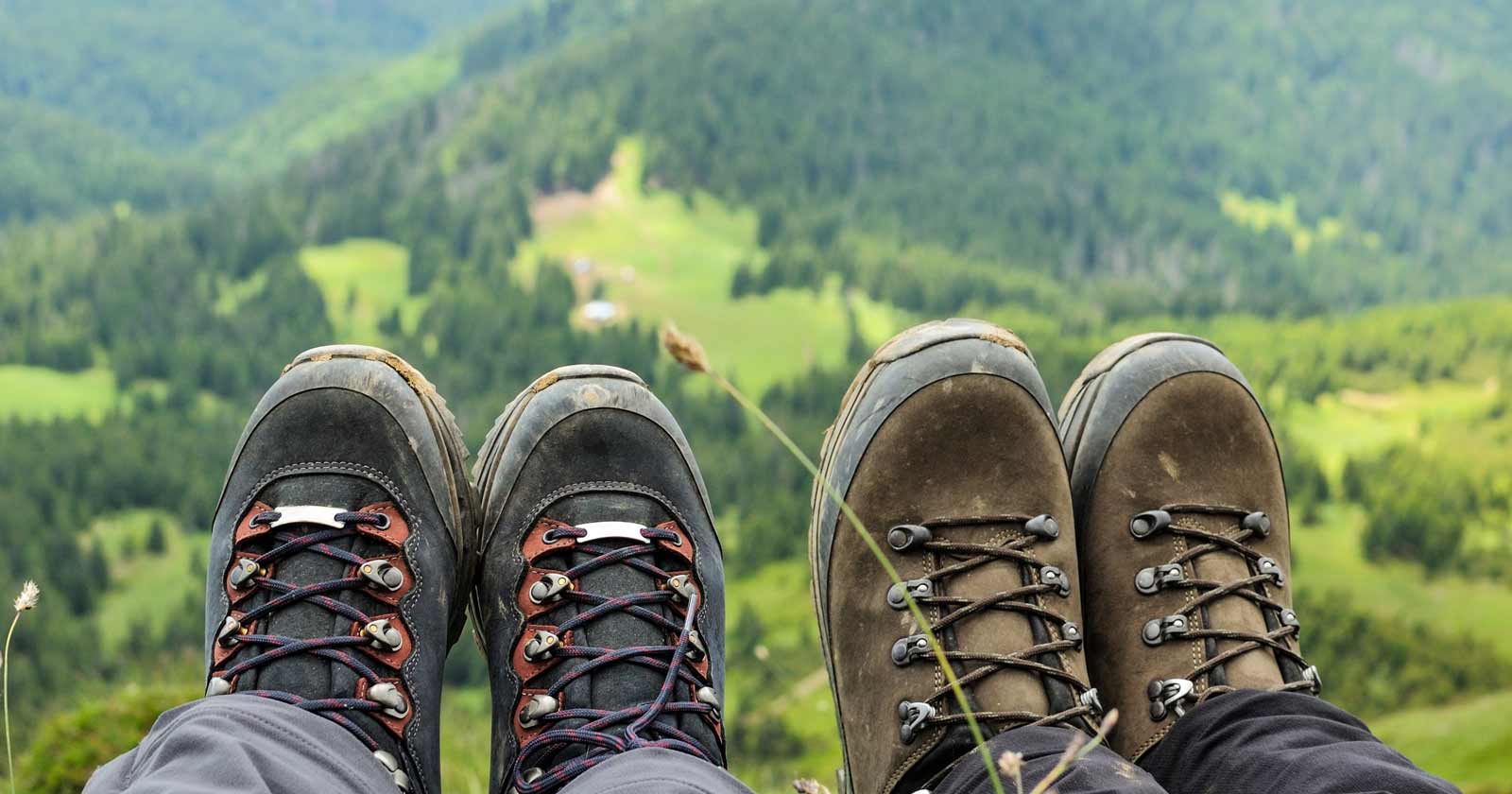Here’s a few tips and tricks for hiking uphill.
Hiking is a wonderful outdoor activity that allows you to connect with nature, challenge yourself physically, and enjoy breathtaking views. While hiking on flat terrain can be enjoyable, hiking uphill adds an additional level of difficulty and requires some skill and technique. In this blog post, we will explore the art of hiking uphill and provide some tips to make your uphill hiking experience more enjoyable and successful.
Start slow and pace yourself
Hiking uphill can be physically demanding, so it’s important to start slow and pace yourself. Avoid going too fast at the beginning, as this can lead to exhaustion later on. Find a comfortable pace that allows you to maintain a steady rhythm and keep going without burning out too quickly.
Use proper footwear
Wearing appropriate footwear is essential for hiking uphill. Choose hiking boots that provide good ankle support and have a sturdy sole to help you grip the terrain. Make sure your boots are well-fitted and broken in to prevent blisters and discomfort during your hike.
Take small steps
When hiking uphill, take small steps rather than long strides. This will help you maintain your balance and prevent unnecessary strain on your knees and ankles. Short, quick steps will also allow you to conserve energy and maintain your momentum.
Use your arms
Your arms can play an important role in hiking uphill. Use them for balance and leverage. Swing your arms naturally as you hike, and use them to help push yourself up when you encounter steeper sections of the trail. This will engage your upper body muscles and provide you with additional power and stability.
Use proper breathing techniques
Breathing is crucial when hiking uphill. Take deep, slow breaths to help oxygenate your muscles and keep you energized. Use a rhythm that matches your pace, and try to breathe in through your nose and out through your mouth. This will help you regulate your breathing and prevent fatigue.
Take breaks when needed
Hiking uphill can be physically demanding, and it’s important to listen to your body. If you feel tired or out of breath, don’t hesitate to take breaks. Find a spot with a view or some shade, and rest for a few minutes to recover. Remember to stay hydrated and have some snacks to refuel your body during your breaks.
Stay focused and positive
Hiking uphill can be challenging both physically and mentally, but maintaining a positive mindset can make a big difference. Stay focused on your progress and the beautiful surroundings, and avoid negative self-talk. Encourage yourself and celebrate small milestones along the way to keep your motivation high.
Learn to use hiking poles
Hiking poles can be a valuable tool when hiking uphill. They provide additional support and stability, help you maintain balance, and reduce strain on your knees and ankles. Learn how to use hiking poles properly, and practice using them on different types of terrain to get comfortable with them.
Choose the right trail
When planning your hike, choose a trail that matches your fitness level and experience. Consider the elevation gain, distance, and difficulty level of the trail, and make sure it’s suitable for your abilities. Gradually increase the difficulty of your hikes as you gain more experience and fitness.
Stay safe
Safety should always be a priority when hiking uphill. Be aware of your surroundings, stay on the marked trail, and follow any posted signs or guidelines. Bring a map, compass, or GPS device, and know how to use them. Check the weather forecast before your hike, and pack appropriate clothing and gear, including sunscreen, insect repellent, and first aid supplies.
In conclusion
Mastering the art of hiking uphill requires practice, patience, and perseverance. By using proper technique, pacing yourself, focusing on your breathing, staying hydrated, taking breaks, and maintaining a positive attitude, you can make your ascent more manageable and enjoyable. So, grab your hiking shoes, hit the trail, and enjoy the journey!





